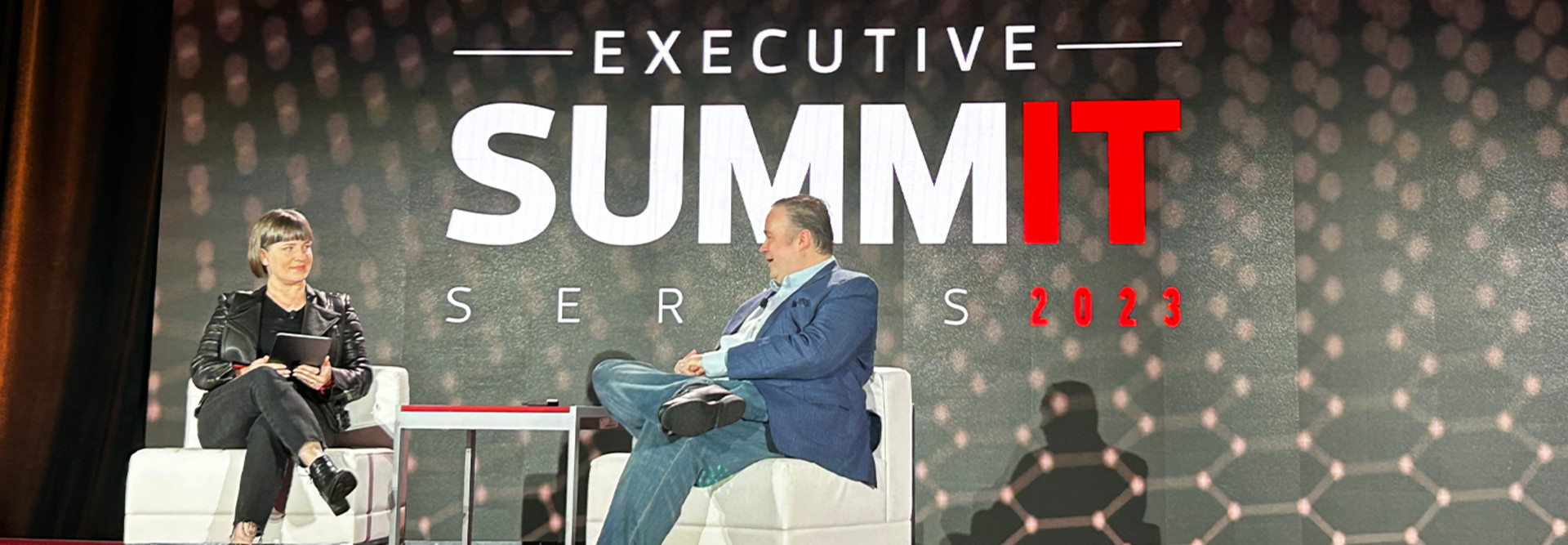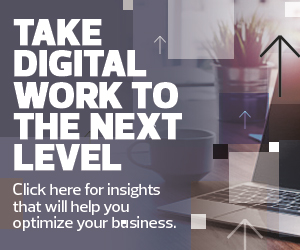“You should have choice on where, when and how you work,” said Rick Hill, vice president and general manager for the Americas at video technology company Neat. At the September CDW Executive SummIT in Dallas, the message was clear: Creating a digital employee experience is a core metric of a company's culture and success.
“And that choice and that experience, whether in the home or in the room, should be completely equal. There should not just be meeting equity, there should be content equity,” said Hill. If even one person has trouble accessing a virtual meeting, crucial moments of connection are lost.
The need to meet customers, partners and employees where they are amid dynamic market conditions and new work models requires IT leaders to create a customized digital experience.
Click the banner below to learn why leveraging automation can improve your digital experience.
Balancing Technology with the Human Element of Collaboration
To set the stage for success, organizations should balance technology with the human element of collaboration. “This is around people engagement, it’s around talent development. It’s about connecting in new, unique ways, and it’s around doing so in a way that’s cost-effective and allows you to continue to focus your resources on the things that really matter, which are your human assets,” said Hill.
This approach pays dividends. Gartner reports that “employees who operate in human-centric work models — where they are seen as people, not just resources — are 3.8 times more likely to be high performing.”
Employee-centric companies allow individuals to make an impact, feel valued and, as a result, they are less susceptible to burnout and more likely to stay at the organization over time, according to Gartner.
KEEP READING: learn how to optimize the digital experience for your hybrid work environment.
Include Your Staff In the Digital Experience
Deploying a broader ecosystem of collaboration tools — whether that’s AI technology to boost productivity and automate daily tasks, multiplatform videoconferencing tools or post-meeting analytics — also helps companies attract and retain the best talent.
Ben Shupe, chief operating officer at C&R Software, said IT leaders should ask themselves, “How should we operate differently?” Once leaders answer that question — in this case, making the experience more interactive, inclusive and collaborative — Shupe’s advice was to actively include staff in the process.
“We really took an approach where all of our staff were enabled to be change agents,” he said. Doing that makes any transformation within an organization smoother and more energized.
The Value of AI in Videoconferences, Calendars and Chats
The average meeting today brings together people who have dialed in and those who are physically present in the meeting space. With a camera at only one vantage point, people can lose the thread of discussion whenever the speaker in a physical room shifts. “That’s a crappy experience,” said Hill.
What if there were a camera that dropped down in the middle of the room to create a 360-degree view, uniting people at any point in the space? “That would be a game-changing experience,” said Hill.
For Colby Nish, head of phone and contact center sales at Zoom, new AI developments are transforming the videoconferencing experience even further. Nish explained how AI tools built into Zoom can summarize emails, autotranscribe meetings and send analytic reports after presentations.
Beyond business intelligence features, there are also user benefits. When paired with employees’ calendars on Zoom, AI can display a preview of the day ahead, send reminders when it’s time to join a meeting or note in the chat if someone is running late.
DISCOVER: Understand how to drive accelerated automation in your business.
The Importance of Making Technology Personal
AI developments and multiplatform videoconferencing tools are creating advanced digital experiences. Organizations that incorporate these innovations into their existing workflows can revitalize the employee culture and maintain their competitive advantage in the market.
But these tools can also help make tech feel personal — an element that is deeply needed for skilled workers who may feel disenfranchised as they work in various locations.
“Doesn’t matter how we’re coming together,” said Hill, “but that experience should be better because you were part of it.”












